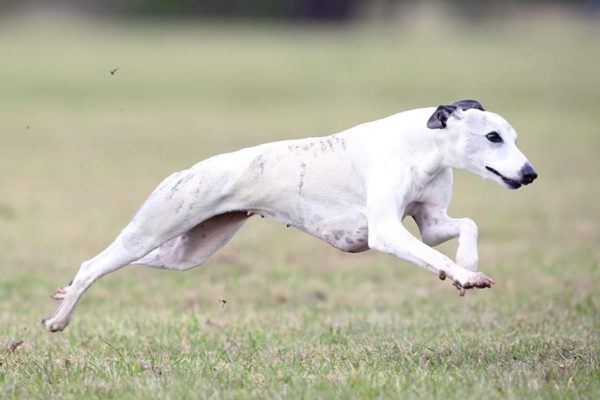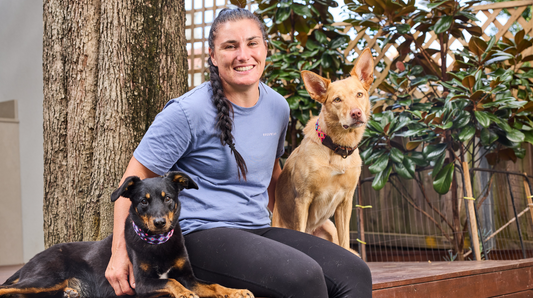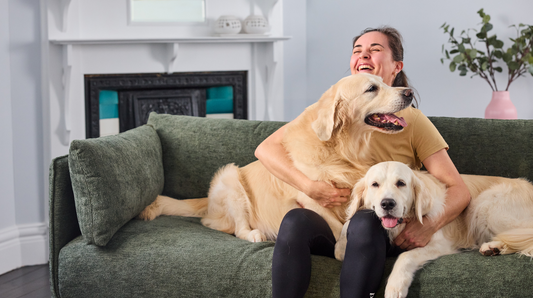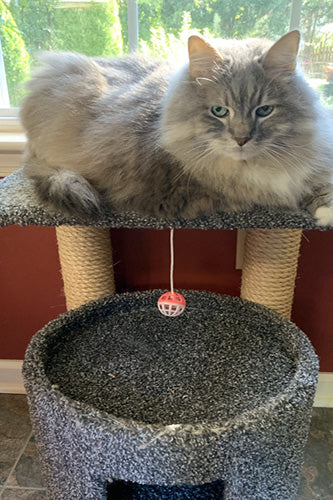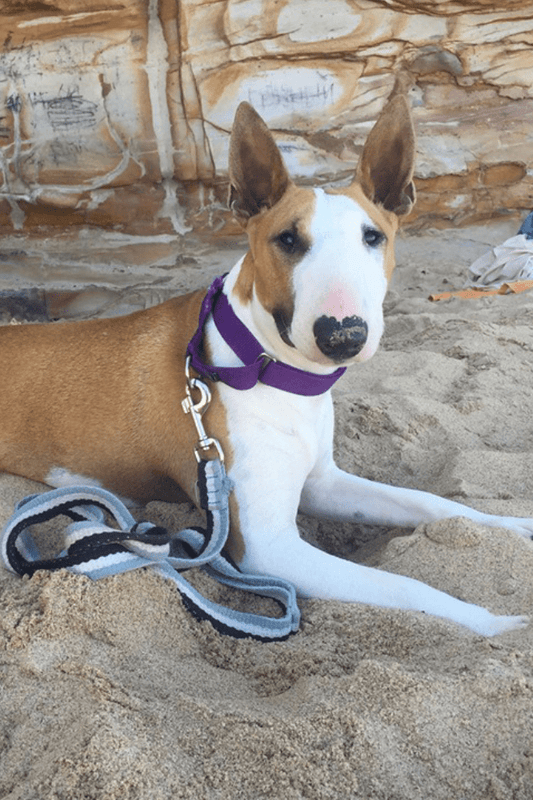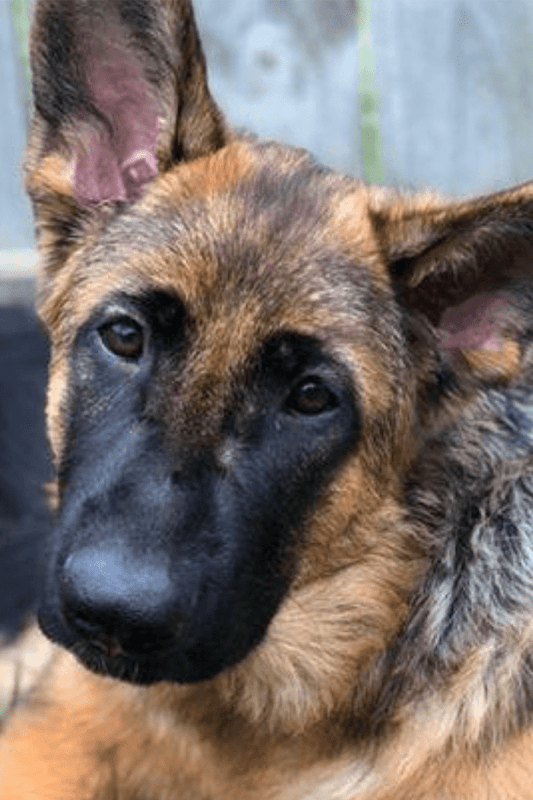About Warley Whippets
Tell us about yourself, your kennel and how you came to be
I’ve had dogs all my life and there has never been a time I was without one.
My first Pedigree dog was a French Bulldog purchased back in the early 90’s.
The breeder of my first dog got me started, I joined the then Royal NSW Canine Council and began exhibiting my second Pedigree dog (a Dobermann), also participating in obedience and have not looked back.
Whippets came into my life around 13 years ago, they were a breed I had long admired and felt a connection with. When the opportunity arose, I took on a lovely young dog and shortly after his litter sister who would go on to become my foundation bitch.

How long have you been an ANKC breeder for?
Over 25 years and Whippets came into our life 13 years ago
What is your breeding vision for Whippets as a breed?
My mission statement: To breed Whippets that are sound in mind and body, are true to type and fit for function. To comply with all relevant codes, regulations, legislation and guidelines, pertaining to the breeding of dogs in NSW.
My focus has not only been on conformation and health but also producing confident, resilient dogs, with the drive to hunt and fulfil their original purpose. These qualities not only allow them to remain true to their history and breed function, they also help to ensure you have an active, engaged pet who is confident in all areas of their life.

What health testing do you have to do to ensure you have healthy puppies?
DNA profiling including Colour Dilution Alopecia (CDA) and Black Hair Follicular Disorder (BHFD), heart and eye testing for adults.
We also take bloods once a year, along with regular health checks.
What considerations go into selecting two dogs to breed from?
In a nutshell the considerations include type, temperament, structure, health and soundness. I think it important that the dogs compliment one another, building on their strengths.
Do your adult dogs participate in dog sports?
Yes, we have been involved in Lure Coursing since the inception of the sport in NSW. Our dogs also hunt in the open field on a regular basis. Both activities are physically demanding and serve as an outlet for their prey drive and fulfil instinct.

Tell us about your puppy set up and early environmental exposure or ENS. What does it include?
When it comes to ENS we have adopted some of the Puppy Culture activities.
Beyond the whelping box we have what I think is an amazing puppy yard (affectionately known as Wally World) where they puppies spend their days playing. Without knowing it, they are exposed to many surfaces, moving objects, obstacles & highway traffic noise. Then entire yard is filled with tugs, toys, movement and fun. This is where they learn to find their feet and tackle anything and everything, building confidence and resilience.

How do you go about selecting the right homes?
The short answer is I spend a lot of time getting to know potential puppy buyers in order to understand their lifestyle, goals and expectations when it comes to a puppy. I match the puppies to potential home based on their individual drive, quirks, personalities and the best fit. Sometimes that means saying no, I don’t have a suitable puppy.
With our most recent litter, several puppies were assessed by Steve from K9Pro as they were heading to sporting homes, his opinions and thoughts helped to set owners and puppies on the path to success.
What do you wean the pups to?
Our pups are introduced to raw and fresh foods around 3 weeks of age and raised on a BARF model diet.
Do you use Antinol?
We certainly do!
How long have you been using Antinol for?
Over three years, my old girl Sess, who has since passed was the first to try Antinol as part of the trial. My dogs all now take Antinol as a preventative from 8 weeks of age.
Have you noticed any changes or improvements?
My old girl was beginning to slow and show mild symptoms of arthritis, within two weeks of beginning the trial she was bouncing off the walls and reverted to puppyhood. I was amazed at the changes in her, mentally she appeared sharper, her coat improved, she was obviously feeling good.
In the younger sporting dogs, I noticed improved recovery, focus and the most amazing glossy coats.


